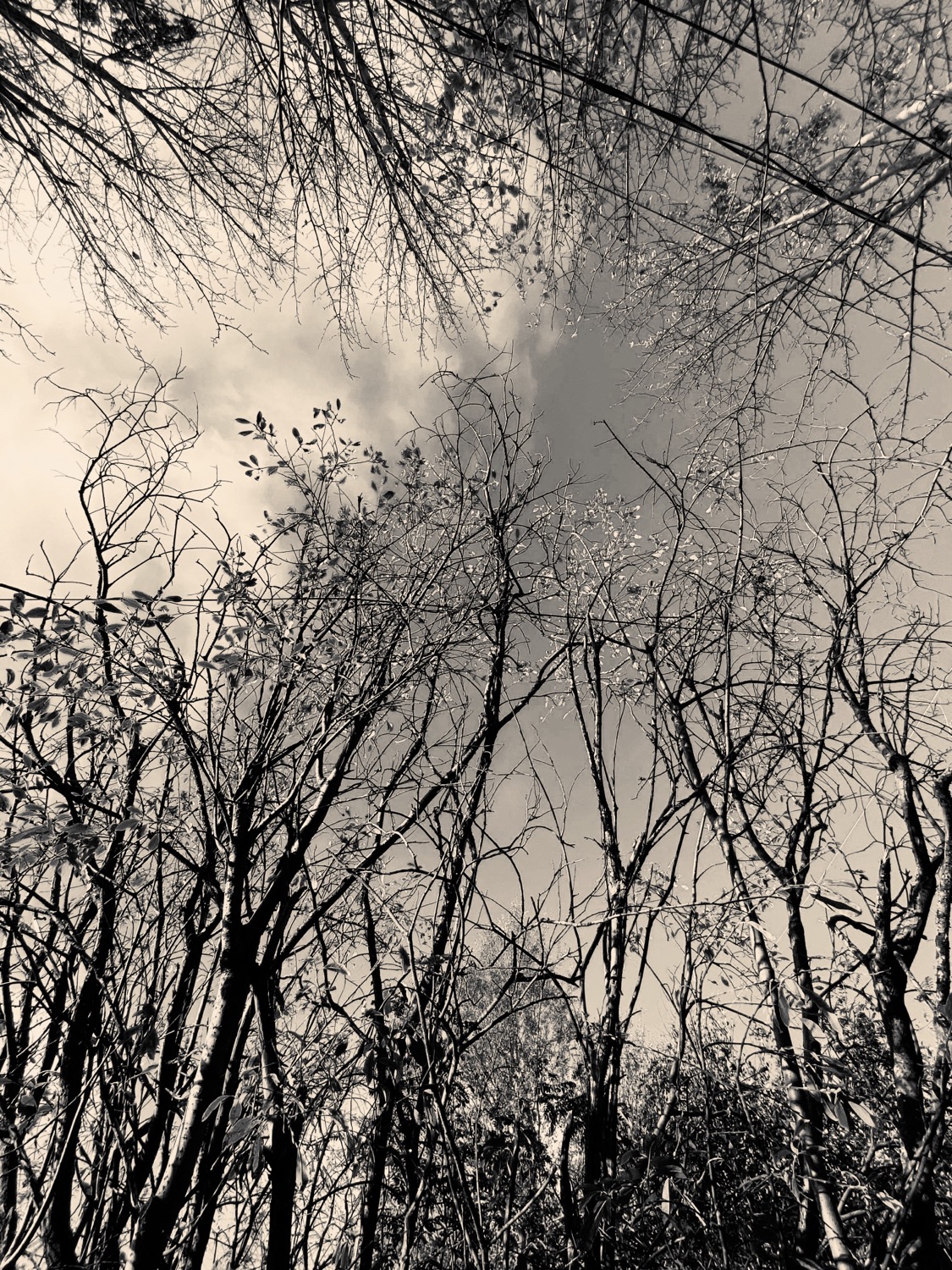“What Else Can We Give ‘Em?” Province Probably Wondering as Vaccine Supplies Dry Up
- New North

- Jan 31, 2021
- 3 min read
Social media feeds came alive with snaps of bemasked northerners exposing their wanly naked arms and gamely shooting a “thumbs up” as they too demonstrated that they were up for whatever the ice-bucket challenge version of getting a COVID-19 vaccination is, which, as it turns out, is just getting the COVID-19 vaccination.
After initially dissing the far north east “zone,” wiser, and likely more numerate, heads soon prevailed within SHA, as both sides of the north saw doses arriving via aircraft during the first weeks of January.
The Northern Village of Pinehouse Lake, which spontaneously orchestrated their own major outbreak to prove a point, is still, as of writing, proving that point.
It turns out that the province’s discovery of the far north east zone on a map they had themselves created and subsequent decision to send doses there was linked to a loosening of the guidelines around whether to hold back sufficient numbers of vaccines to administer a second dose, necessary to bring the vaccine’s tech-sheet stated effectiveness to 95%. While one dose is still good, people really need two doses, the second one within a month of the first.
In a declaration so resplendent with hubris that even Greek tragedians would probably have thought it was too over the top, the province said that they felt they didn’t need to hold back any doses because the supply chain was looking pretty, pretty secure, based on guidance from the feds.
After the feds denied any knowledge of that, the province confessed that, yes, it was all them, and then, in a show that everything was in hand, went back to their wedding preparations.
The feds did release a document detailing expected vaccine deliveries until the end of March, which showed Saskatchewan getting about 19,000 Moderna vaccines–the ones that the north gets–before February 28. Based on the January numbers, virtually every dose administered in the last two weeks of February will need to be earmarked as a “second dose” in order to stay within thewarranty.
The chart containing the Pfizer distribution list was taken offline mid-month when the company said they were cutting their supplies in half to focus on “other projects” including a new smallpox vaccine and an album of Beatles covers.
In an outcome as inevitable as who’d get pinned for it, by the last week of January the province had declared that they had no doses left, neither the Moderna or the Pfizer. They blamed the feds, of course, for not securing enough.
All in all, as of writing, the province had administered more than 33,000 vaccines–at a rate of about 1000 a day–and was on pace to have everyone in province done by 2025, at which time most of us will already have moved on to wondering if yogurt is fattening.
There had been 3,493 Moderna doses administered in the far north zones through January. The original plan released in December said authorities were aiming to administer 18,000 doses in Phase 1. They will effectively be half way there by mid-February when another expected 6000 doses arrives (assuming they go north)–since every person needs two doses to complete the course.
Although COVID case numbers in Saskatchewan continue to fall, especially in the north, there doesn’t as yet appear to be a link between vaccination rates and a decrease in new infection rates.
A complicating factor is that the vaccine doesn’t really develop its ability to protect against
COVID right away. People are still vulnerable for at least a week if not longer, and maximum efficacy doesn’t really occur until after the second dose.
A Long Term Care home in Saskatoon claimed that seven residents developed COVID following a vaccination raid in the complex a week earlier, although, for reasons known only to them, they couldn’t say if those who’d come down with COVID had actually been vaccinated, or just seen something about it on TV.
Apart from that, the most common “adverse reaction,” as they call it, appears to be a tenderness around the site of the jab and some post-vaccination garment reassembly issues.
In late news, Johnson & Johnson have released their Phase 3 clinical trial data. While their vaccine is less effective at preventing COVID than the Pfizer or Moderna vaccines, it should be outstanding at preventing nappy rash.
Comments